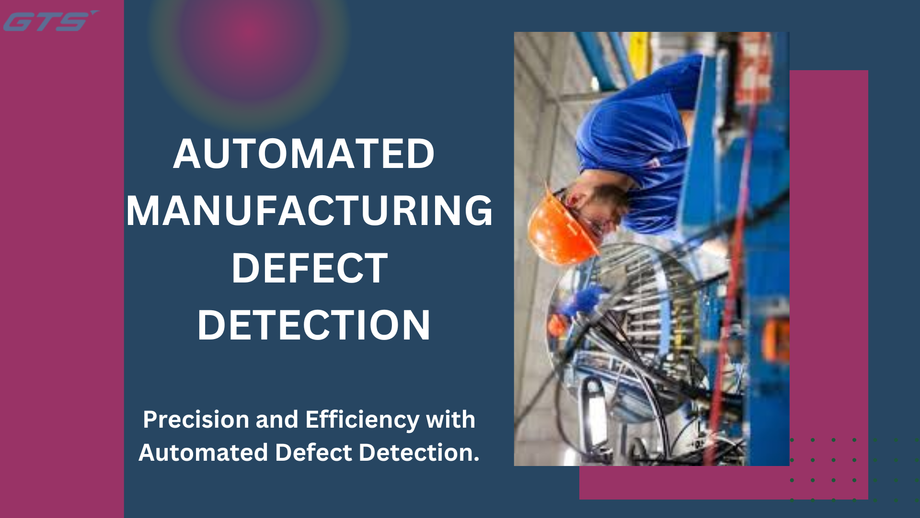Introduction
In the context of Industry 4.0, smart factories are transforming the Automated Manufacturing Defect Detection manufacturing landscape through the incorporation of automation, artificial intelligence (AI), and real-time data analytics. A pivotal aspect of smart manufacturing is automated defect detection, which plays a vital role in ensuring high-quality production, minimizing waste, and boosting efficiency.
The Importance of Automated Defect Detection in Smart Factories
Conventional defect detection methods depend on human inspection, which can often be inconsistent and labor-intensive. In contrast, automated systems that utilize AI and machine vision are capable of analyzing, identifying, and categorizing defects with enhanced precision and speed, thereby elevating overall production quality.
Primary Advantages of Automated Defect Detection
- Improved Accuracy and Consistency
- AI-driven systems employ machine learning algorithms to detect even the most minute defects that may elude human observation.
- Automated inspections provide uniformity, removing the inconsistencies linked to manual evaluations.
2. Accelerated Production Speed
- Automated systems facilitate real-time product inspections, diminishing the reliance on slow, manual quality control processes.
- Rapid defect identification fosters quicker decision-making and minimizes interruptions in production workflows.
3. Cost Savings and Waste Reduction
- Early detection of defects prevents flawed products from advancing to subsequent manufacturing stages, thereby decreasing material waste.
- A reduction in product recalls and returns translates into substantial cost savings for manufacturers.
4. Seamless Integration with Smart Factory Ecosystem
- Automated defect detection systems integrate effortlessly with IoT devices, robotics, and cloud-based analytics, allowing for real-time monitoring and data-driven insights.
- Smart factories utilize predictive maintenance by identifying machinery faults before they lead to significant operational disruptions.
5. Enhanced Workplace Safety and Efficiency
- Automation lessens the necessity for workers to perform repetitive, monotonous, or hazardous quality inspection tasks.
- This enables employees to concentrate on more valuable activities, such as process optimization and innovation.
Technologies Enhancing Automated Defect Detection
- Machine Vision Systems
- Utilizing high-resolution cameras alongside AI algorithms, these systems are capable of identifying surface defects, misalignments, and irregularities.
2. Deep Learning & Artificial Intelligence
- AI systems continuously analyze historical data, progressively enhancing their precision in defect identification.
3. Edge Computing & IoT Sensors
- Defect detection powered by IoT technology offers immediate notifications and seamless integration with factory management systems.
4. Robotic Process Automation (RPA)
- Intelligent robots fitted with defect detection capabilities can execute quality control tasks at rapid speeds, ensuring a smooth production process.
Practical Applications of Automated Defect Detection
- Automotive Sector: Detecting paint flaws, assembly errors, and structural problems during vehicle production.
- Electronics Manufacturing: Identifying defective circuit boards, improper soldering, and misaligned components.
- Pharmaceutical Industry: Guaranteeing the integrity of packaging, labeling, and pills.
- Textile Sector: Spotting inconsistencies in fabric, stitching errors, and color discrepancies.
The Future of Intelligent Factories with Automated Quality Control
As advancements in AI and automation progress, the significance of automated defect detection in manufacturing will increase. Future innovations may encompass self-correcting production lines, AI-driven predictive maintenance, and improved real-time monitoring, paving the way for nearly flawless manufacturing.
Conclusion
Automated defect detection serves as a crucial foundation for smart factories, promoting enhanced productivity, superior quality control, and cost-efficient operations. By adopting AI, Globose Technology Solutions pvt.ltd machine vision, and IoT-based quality control, manufacturers can create a more effective, dependable, and future-oriented production environment.

Comments on “Why Automated Defect Detection is Essential for Smart Factories”